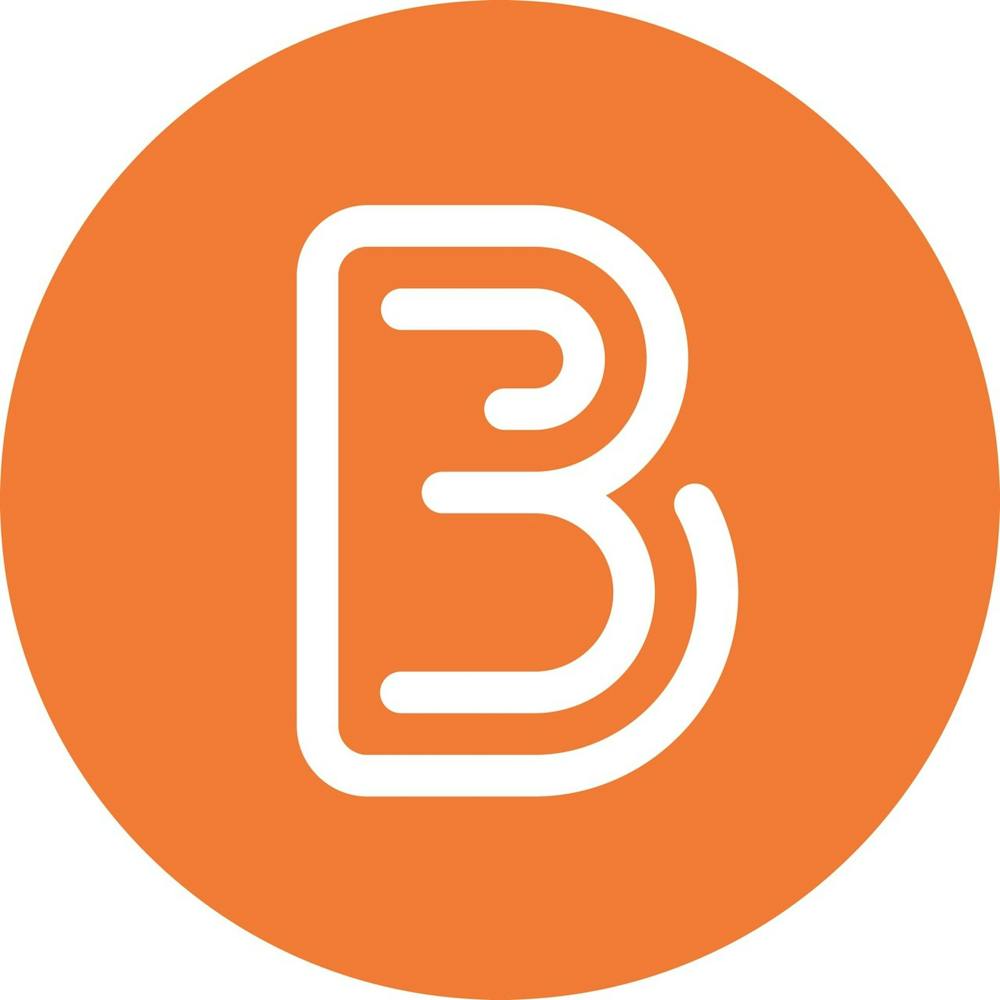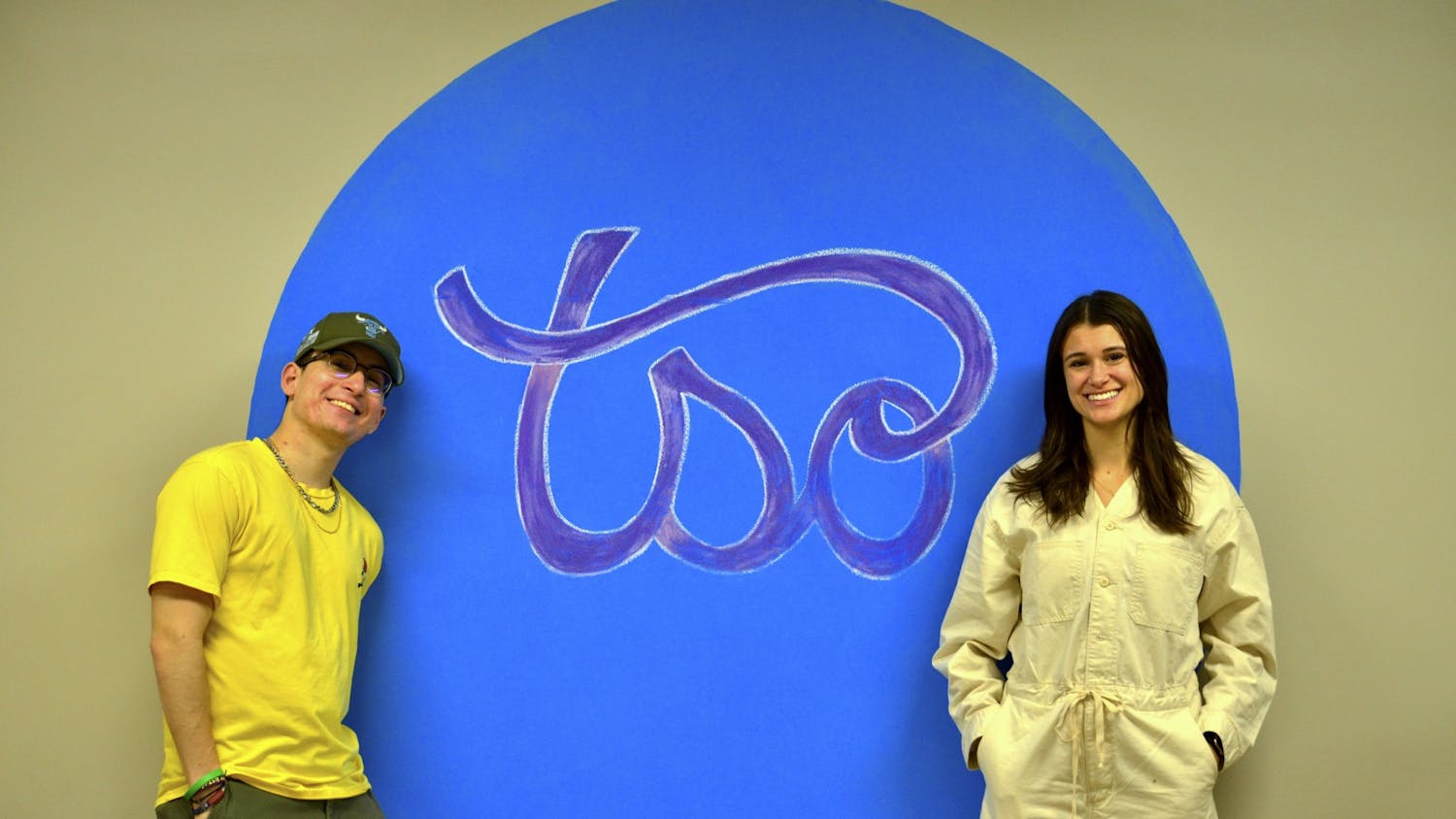As dated software clashes with a desire to expand virtual learning opportunities, Taylor will be transitioning learning management systems in the 2023-2024 academic year.
This decision aligns with goal #77 in Taylor’s strategic plan: to explore other online learning platforms and, if necessary, make a transition after the university’s contract with Blackboard ends in 2024.
“Blackboard has turned into kind of the ‘wild, wild West,” Chief Information Officer Chris Jones said. “(With) every professor it's like, ‘Where's the syllabus? Oh, it's over here; it's over here; it's over here.”
To fairly evaluate options for online learning, a task force was created under Jones’ supervision. Made up of staff, faculty and student representatives, the group met on a weekly basis — for multiple hours — to explore different opportunities.
The three primary candidates during this process were Blackboard Ultra, Infrastructure’s Canvas platform and Desire to Learn’s Brightspace.
The evaluation began with requests for proposals (RFPs), which led to 50-100 page responses and on-site demonstrations from each company. The task force considered each platforms’ effectiveness across different devices, the overall strength of presentations and the companies’ trajectories for the future.
After this initial stage of evaluation, the task force reached a unanimous consensus that it was time to transition away from Blackboard.
“It's pretty amazing to have a task force that's unanimous about something,” Jones said. “But it was just the feeling for us, (looking) to the future, that there were just too many things that these other two products did that (it) felt like Blackboard wasn't (doing).”
“Sandboxes” were set up for task force team members following this decision. These fake accounts allowed them to access both Canvas and Brightspace — experimenting with the platforms and exploring what each had to offer.
“I spent a lot of time setting things up in both learning management systems, always with these questions: what would seem intuitive or frustrating for faculty in terms of setting courses up? And what are the possibilities for improved student learning in each learning management system than what we currently have?” Professor of English, Dean of Faculty Development and Director of the Bedi Center for Teaching and Learning (BCTLE) Barbara Bird said.
During this stage, team members dove deeply into the specific tools unique to each platform and called other schools for reference checks, before asking each company for a final presentation and pricing proposal.
Although many individuals had positive past experiences and a familiarity with Canvas, the task force felt that Brightspace edged out its competitor by a margin.
“We'd say all through this process, we felt that Brightspace was willing … to just provide more for what their pricing proposal was than Canvas,” Jones said.
As a relevant data point, Jones highlighted that the SUNY school system in New York — one of the largest comprehensive school systems in the U.S. — has transitioned to Brightspace as well.
The task force reported these findings to a formal faculty committee — the Academic Technology Council (ATC) — who passed on the recommendation to Provost Jewerl Maxwell, Chief Financial Officer Stephen Olson and Jones. These three have since met and plan to accept the recommendation and sign the contract with Brightspace.
A presentation to faculty on Thursday, April 13 went well, which means the university will move forward with plans to sign this contract.
Beyond this initial signing, Jones notes that the timeline for next year is “murky.”
The university is hoping to be fully present on Brightspace by spring semester 2024. This should help ease the transition when Taylor’s contract with Blackboard ends in the spring.
Throughout this process, Desire to Learn will provide customized training and resources, and the BCTLE plans to come alongside faculty and make the process as pain-free as possible.
“Brightspace will require little training on behalf of the students,” Digital Learning Specialist at BCTLE and online faculty member Deborah Hatland said. “It has a clean design. The system allows for good communication using audio and video between faculty and student as well as student to student.”
Although Jones feared that this would be a divisive process, he has been pleasantly surprised by how smoothly discussions have gone and decisions have been made.
“Did we always agree? No,” Jones said. “But it was a very collaborative, congenial environment. We all left as friends (and) … people really dug in, even though everyone was busy and this (was) added duties; but everyone took it seriously — gave a lot of input, feedback … and it was just the focus on how (we) could find the best tool to really move Taylor forward.”
While change always brings degrees of discomfort, Jones believes the decision to transition learning management systems will reap long-term benefits and prove to be in the best interests of both students and faculty.
Bird shares this perspective — noting the importance of Brightspace for an educational institution like Taylor.
“Learning and accomplishing tasks in digital spaces is a part of virtually every career to some degree, so it is important for faculty at Taylor to provide experience in digital learning spaces within the context of our transformational physical learning space,” she said.





